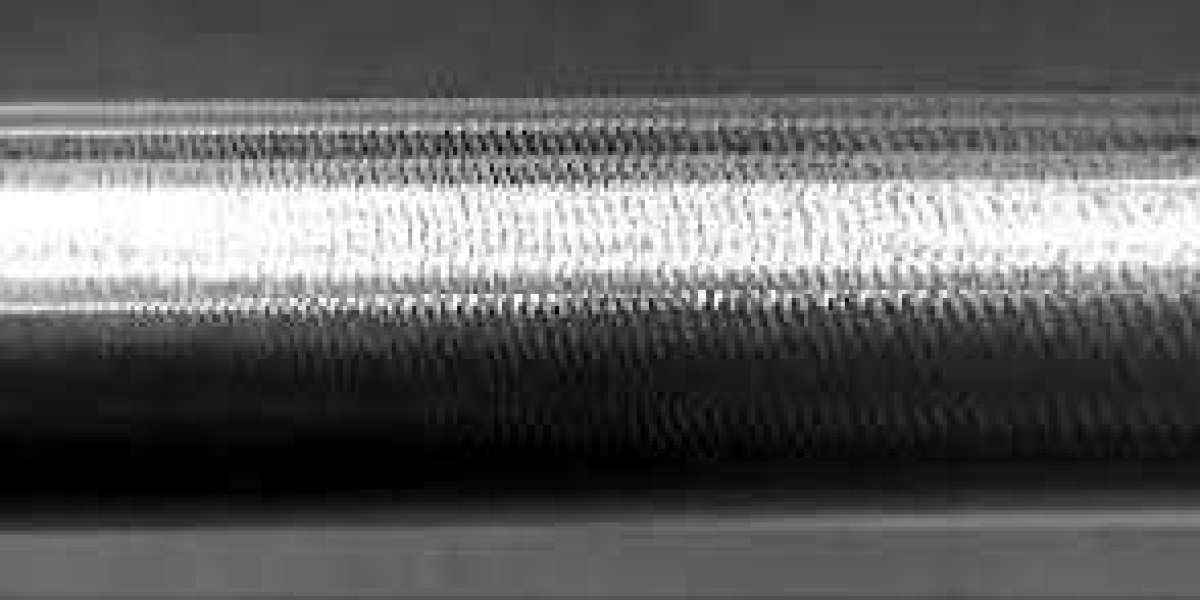Grinding is a fundamental machining process used to achieve precise dimensions and surface finishes in various industries. However, like any machining operation, grinding can encounter defects that affect the quality and integrity of machined components. Understanding these defects and their root causes is essential for implementing effective troubleshooting and prevention measures. Here, we explore common grinding defects, their causes, and methods for mitigation.
1. Burn Marks:
Causes:
- Excessive heat generation: High grinding temperatures can result from inadequate coolant supply, improper wheel selection, or aggressive grinding parameters.
- Insufficient coolant flow: Inadequate coolant flow or coolant contamination can lead to poor heat dissipation and thermal damage.
- Workpiece metallurgical issues: Certain materials, especially heat-treated or hardened steels, are more prone to thermal damage during grinding.
Mitigation:
- Optimize coolant supply: Ensure a sufficient flow of clean coolant to the grinding zone to dissipate heat and prevent thermal damage.
- Adjust grinding parameters: Modify parameters such as speed, feed rate, and depth of cut to minimize heat generation and reduce the risk of burning.
- Consider workpiece material: Choose appropriate grinding techniques and parameters for the specific workpiece material to minimize thermal damage.
2. Surface Roughness Variations:
Causes:
- Wheel wear or improper dressing: Worn or improperly dressed grinding wheels can produce uneven surface finishes and irregularities.
- Machine vibration or instability: Machine vibration, worn bearings, or improper machine alignment can result in surface roughness variations.
- Inaccurate grinding parameters: Incorrect speed, feed rate, or depth of cut settings can lead to inconsistent material removal and surface finishes.
Mitigation:
- Monitor wheel wear: Regularly inspect and dress the grinding wheel to maintain sharp abrasive grains and ensure consistent surface finishes.
- Address machine issues: Check for machine vibration, worn components, or misalignment and take corrective action to improve stability and precision.
- Optimize grinding parameters: Adjust parameters such as speed, feed rate, and depth of cut to achieve uniform material removal and surface finishes.
3. Dimensional Inaccuracy:
Causes:
- Wheel wear or improper dressing: Worn or improperly dressed grinding wheels can result in dimensional inaccuracies and deviations from specified tolerances.
- Machine deflection or thermal expansion: Machine deflection or thermal effects can cause variations in workpiece dimensions during grinding.
- Inaccurate setup or alignment: Improper workpiece setup or misalignment can lead to dimensional inaccuracies in machined components.
Mitigation:
- Monitor wheel wear: Regularly dress the grinding wheel to maintain sharp abrasive grains and ensure accurate dimensions.
- Improve machine rigidity: Optimize machine rigidity and thermal stability to minimize deflection and thermal effects during grinding.
- Verify setup and alignment: Ensure accurate workpiece setup and alignment to prevent dimensional inaccuracies.
4. Edge Chipping:
Causes:
- Excessive wheel wear: Worn grinding wheels with dull abrasive grains can produce rough edges and edge chipping on workpieces.
- Incorrect grinding parameters: Improper speed, feed rate, or depth of cut settings can result in excessive material removal and edge chipping.
- Workpiece material properties: Some materials, especially brittle or hard materials, are more prone to edge chipping during grinding.
Mitigation:
- Replace worn wheels: Regularly inspect and replace worn grinding wheels to maintain sharp abrasive grains and prevent edge chipping.
- Optimize grinding parameters: Adjust parameters such as speed, feed rate, and depth of cut to minimize material removal and reduce the risk of edge chipping.
- Consider workpiece material: Choose appropriate grinding techniques and parameters for the specific workpiece material to minimize edge chipping.
In conclusion, identifying and addressing common grinding defects requires a systematic approach to identify root causes and implement effective mitigation strategies. By understanding the causes and effects of grinding defects and implementing appropriate prevention measures, manufacturers can optimize their grinding processes, improve productivity, and achieve superior quality in machined components.







